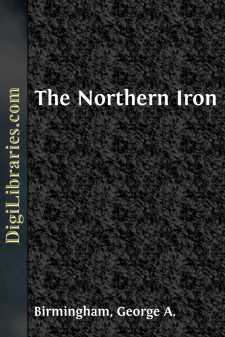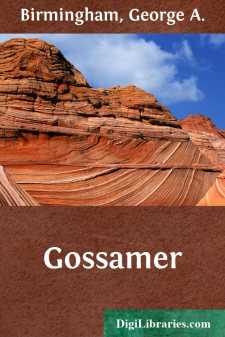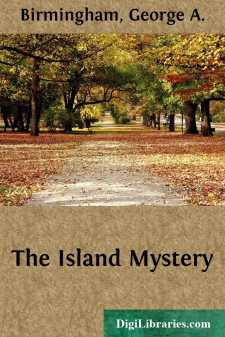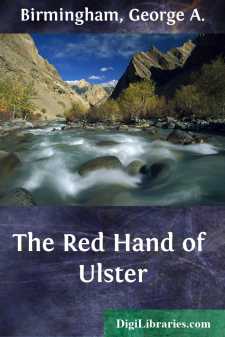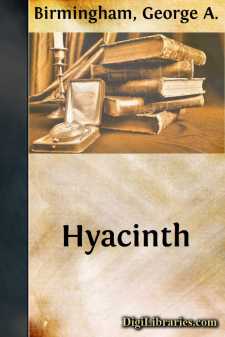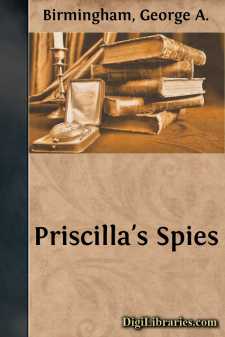Categories
- Antiques & Collectibles 13
- Architecture 36
- Art 48
- Bibles 22
- Biography & Autobiography 813
- Body, Mind & Spirit 142
- Business & Economics 28
- Children's Books 17
- Children's Fiction 14
- Computers 4
- Cooking 94
- Crafts & Hobbies 4
- Drama 346
- Education 46
- Family & Relationships 57
- Fiction 11829
- Games 19
- Gardening 17
- Health & Fitness 34
- History 1377
- House & Home 1
- Humor 147
- Juvenile Fiction 1873
- Juvenile Nonfiction 202
- Language Arts & Disciplines 88
- Law 16
- Literary Collections 686
- Literary Criticism 179
- Mathematics 13
- Medical 41
- Music 40
- Nature 179
- Non-Classifiable 1768
- Performing Arts 7
- Periodicals 1453
- Philosophy 64
- Photography 2
- Poetry 896
- Political Science 203
- Psychology 42
- Reference 154
- Religion 513
- Science 126
- Self-Help 84
- Social Science 81
- Sports & Recreation 34
- Study Aids 3
- Technology & Engineering 59
- Transportation 23
- Travel 463
- True Crime 29
The Northern Iron
Categories:
Description:
Excerpt
CHAPTER I
The road which connects Portrush with Ballycastle skirts, so far as any road can and dare, the sea coast. Sometimes it is driven inland a mile or so by the impossibility of crossing tracts of sandhills. The mounds and hollows of these dunes are for ever shifting and changing. The loose sand is blown into new fantastic heights and valleys by the winter gales. No road could be built on such insecure foundation. Elsewhere the road shrinks back among the shelterless fields for fear of mighty cliffs by which this northern Antrim coast is defended from the Atlantic. No engineer in the eighteenth century, when the road was made, dared lay his metal close to the Causeway cliffs or the awful precipice of Pleaskin Head. Still, now and then, in places where there are no sandhills and the cliffs are not appalling, the road ventures, for a mile or two, to run within a few hundred yards of the sea, before it is swept, like a cord bent by the wind, further inland. Thus, after passing the ruins of Dunseveric Castle, the traveller sees close beneath him the white limestone rocks and broad yellow stretch of Ballintoy Strand. Here, when northerly gales are blowing, he may, if he is not swept off his feet, cling desperately to his garments and watch the great waves curl their feathered crests as they rush shorewards. He may listen, awestruck, to the ocean's roar of amazement when it batters in vain the hard north coast, the rocks and sand which defy even the strength of the Atlantic.
A quarter of a mile back from this piece of road there stood, in 1798, the meeting-house of the Presbyterians and their minister's manse. The house stands on the site of a bare, shelterless hill. It is three storeys high—a narrow, gaunt building, grey walled, black-slated. Its only entrance is at the back, and on the shoreward side. This house has disdained the shelter which might have been found further inland or among its fellow-houses in the street of Ballintoy. It faces due north, preferring an outlook upon the sea to the warmth and light of a southern aspect. It is bare of all architectural ornament. Its windows are few and small. The rooms within are gloomy, even in early summer. Its architect seems to have feared this gloominess, for he planned great bay windows for three rooms, one above the other. He built the bay. It juts out for the whole height of the house, breaking the flatness of the northern wall. But his heart failed him in the end. He dared not put such a window in the house. He walled up the whole flat front of the bay. Only in its sides did he place windows. Through these there is a side view of the sea and a side view of the main wall of the house. They are comparatively safe. The full force of the tempest does not strike them fair.
In one of the gloomy rooms on a bright morning in the middle of May sat the Reverend Micah Ward, the minister. The sun shone outside on the yellow sand, the green water, and the white rocks; but neither sun nor sea had tempted Micah Ward from his books....


